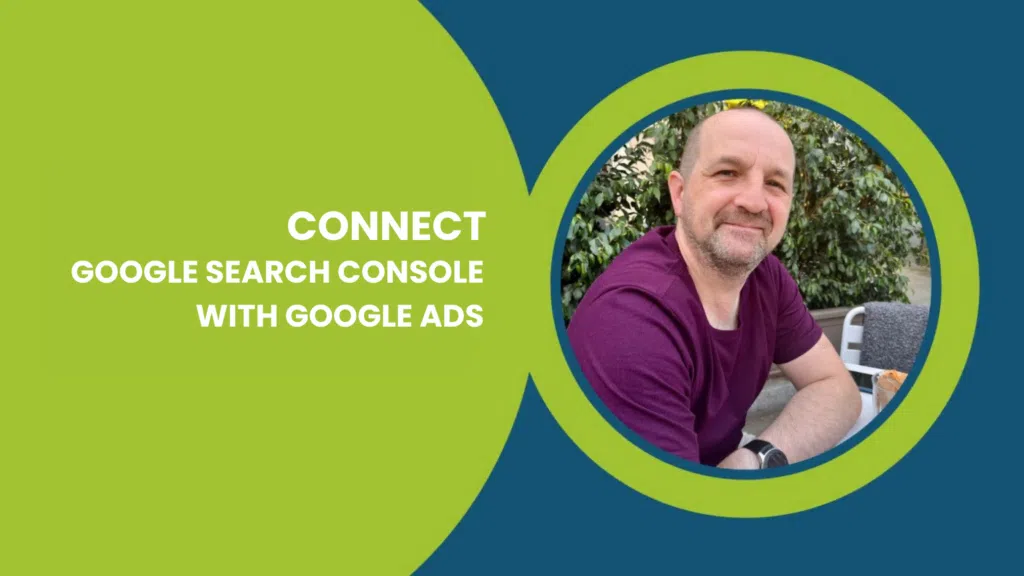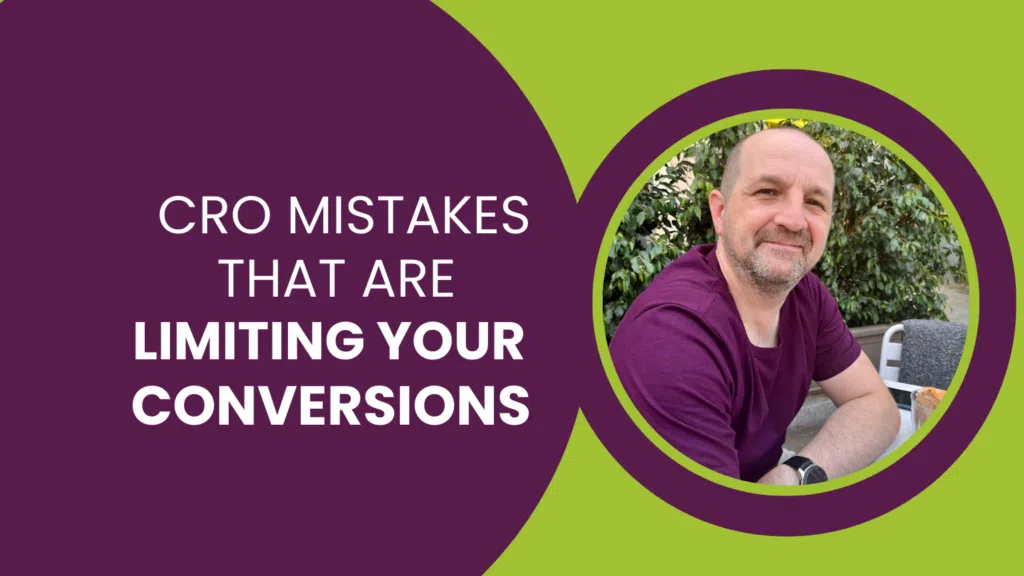After completing the mobile rollout, the latest Google Page Experience update is finally being rolled out on desktop. It’s stated that the update will continue to be rolled out over several weeks and fully complete by the end of March 2022. Any new Google update has the potential to throw a monkey wrench into your technical SEO so we’ve got you covered with all you need to know.
What is Google’s Page Experience Update?
The Page Experience updates primarily affect ranking signals and the Core Web Vitals metrics. These are signals like the HTTPS connection that ensures your website has a secure connection and the absence of page elements that block the user’s view of the main page content.
A new report has been added to Google Search Console alongside this update. In the Experience section of the sidebar, users can navigate to the Page Experience tab which will inform you on how your website is performing in the areas this new update affects. Best to keep an eye on this report over the coming month as the update is being rolled out.
How will the update affect your website?
This update will affect how your website and pages are assessed by Google before they are shown in desktop search results. If you’ve been checking your page scores for Mobile using the handy PageSpeed tool, you should have a good idea of how well the desktop version of your page will fair after the new update has rolled out. The difference is, the desktop version of this update does not take ‘Mobile Friendliness’ into account. This means you could receive a ranking boost for your page that your mobile version won’t get.
In addition to this, it’s worth noting that in May 2021, Google officially announced the inclusion of page experience signals in Google Search ranking. This adds to signals such as mobile-friendliness, safe-browsing, HTTPS-security, and intrusive interstitial guidelines. These new page experience signals will now include Google’s Core Web Vitals, which measure metrics such as Largest Contentful Paint (LCP), First Input Delay (FID), and Cumulative Layout Shift (CLS). Google emphasizes the importance of user experience and plans to introduce visual indicators for pages that meet all page experience criteria. They have also provided tools such as the Core Web Vitals Report in Google Search Console, PageSpeed Insights, Lighthouse, and AMP to help publishers improve page experience and maintain high rankings in the SERPs.
Summary
Google has stated that this update won’t be too drastic so there’s no need to panic over your current ranking positions plummeting. Overall the update is focused on ensuring a great user experience across the board for Google searches. Keep an eye on the new Google Search Console report and your page speed optimisation to make sure your pages are ship-shape!
*Update – Google’s 2022 Broad Core Update is LIVE
May 25th, 2022 saw Google’s first big core update of the year. There hadn’t been any update like this for over 6 months, since November 2021. Algorithm updates for Google are a big deal, it means they are refining how its search engine interprets webpages, which impacts important factors such as your company’s ranking, traffic, revenue, and more.
This was a broad core update, which basically affects search engine ranking factors. However, it didn’t specify exactly what component it was addressing, which is why Google calls it a “broad” update. It’s not always like this, past updates such as Panda and Penguin were specifically targeting the quality of backlinks and content. Broad core updates gradually roll out and are important to the ranking of a website.
What you can do (or keep doing)
To keep your website ranking where it should be there are a few basic practices that Google is likely to keep similar when updating any algorithm.
Focus on E-A-T (Expertise, Authority, Trust)
E-A-T is the acronym Google uses to describe the best practices that should be used to rank well on their search engines. When creating any content on your website, you should consider:
a) Demonstrating expertise in your field
b) Coming from a position of authority
c) Showing your readers that you are trustworthy
If you are consistently implementing E-A-T, then you’ll have a better chance of ranking on Google no matter what algorithm update they throw at you!
Keep your website Mobile-ready
It’s no surprise that in 2022 the usability of a website is paramount to its success. It’s very likely that Mobile devices are where a large portion of your website visitors are coming from, so much so that Google now ranks a website based on its mobile website.
With this in mind, you should always have a mobile-first mindset. If your website looks and works great on mobile, Google is more likely to favour this. Algorithm updates will continue to roll out and are very likely to always favour mobile devices.
Common traits after a Broad Core Update
Don’t fret, a lot can happen after a broad core update from Google. Volatility in website rankings is usually one of them. If you saw your website rankings bounce all over the place in May-June 2022, it’s likely you weren’t alone. This happens because Google rolls out its algorithm updates gradually. As of now (July 2022) it does appear that the intensity of the update has leveled out.
It’s in your best interests to keep a close eye on your website rankings and other factors for a number of months after a broad core update. Do some research on how it could be affecting similar businesses in your industry and work accordingly, and always keep on top of the basic practices Google requires in 2022.
Until the next one…







